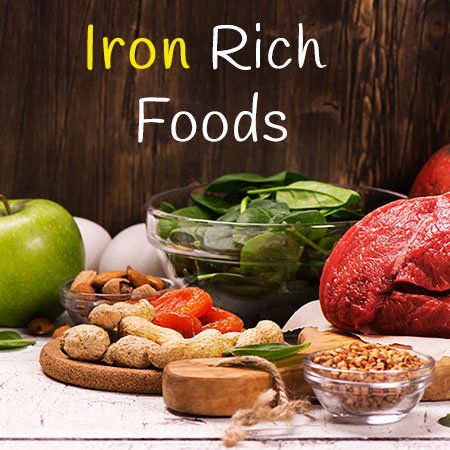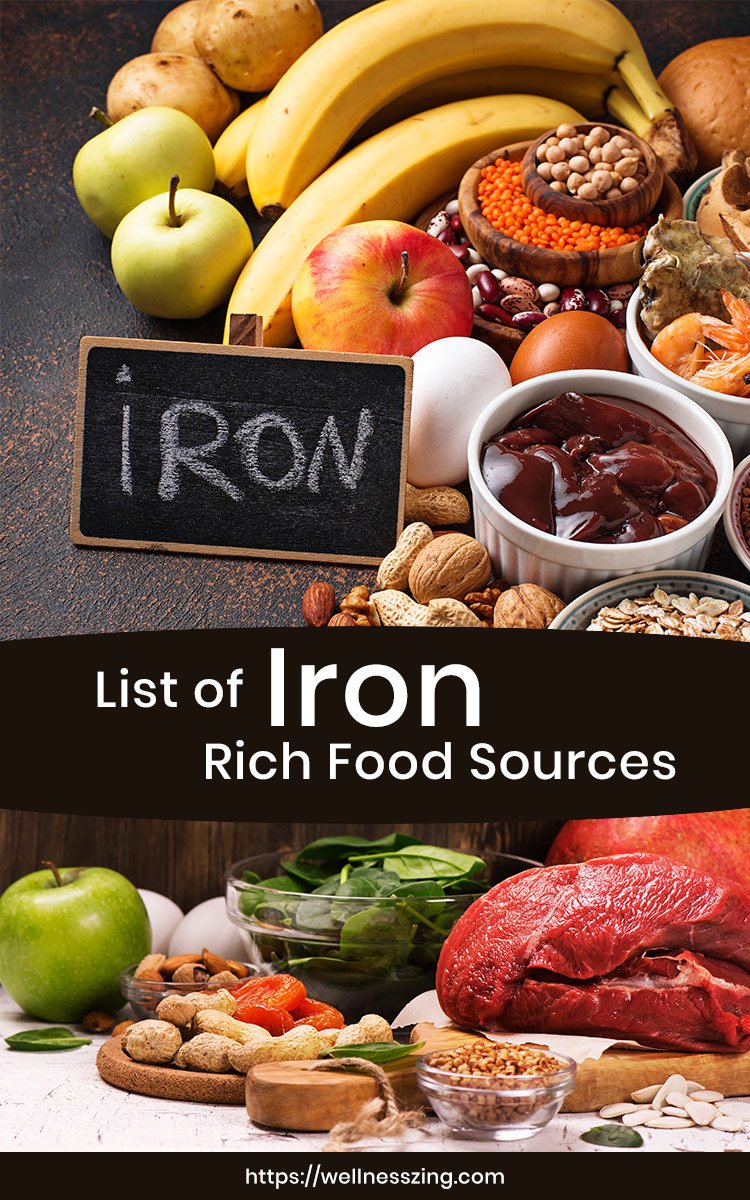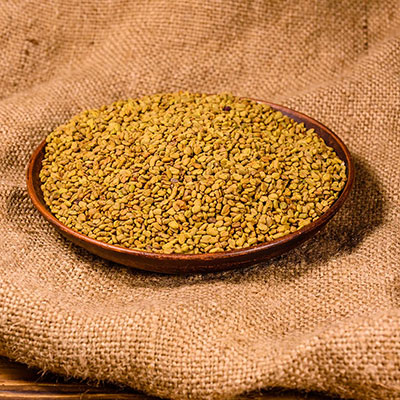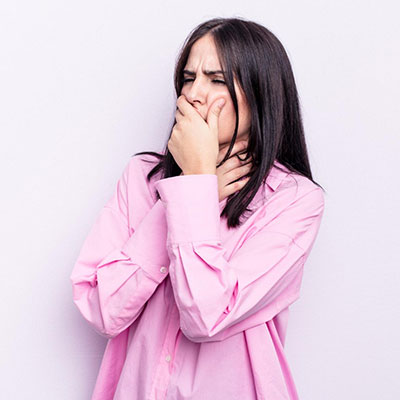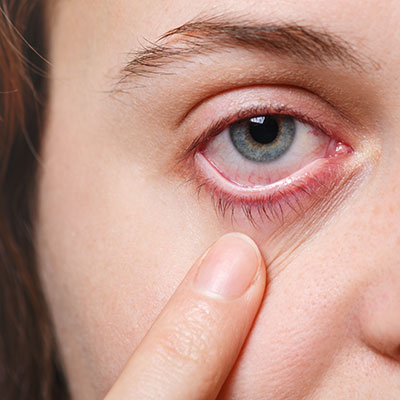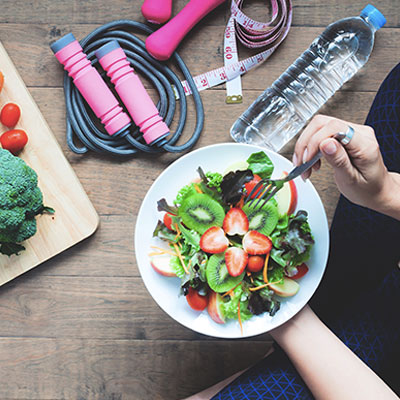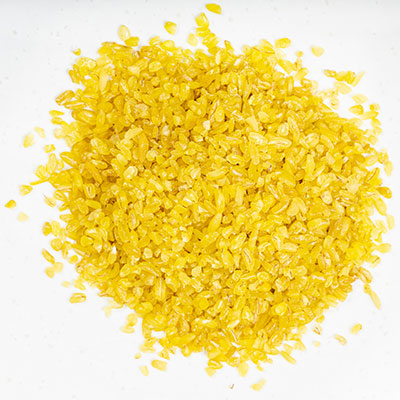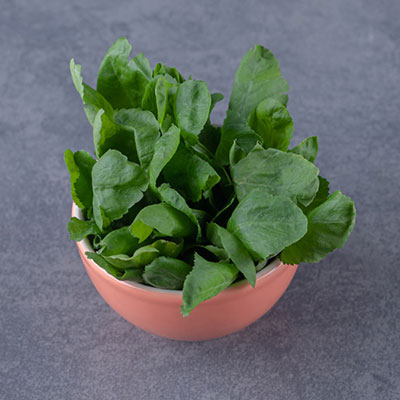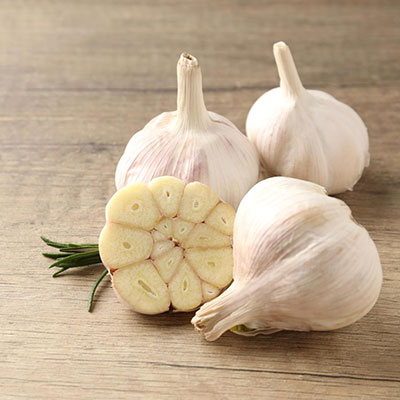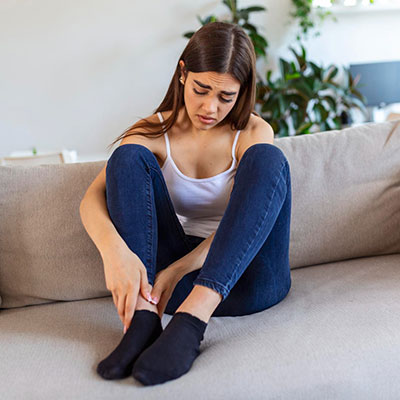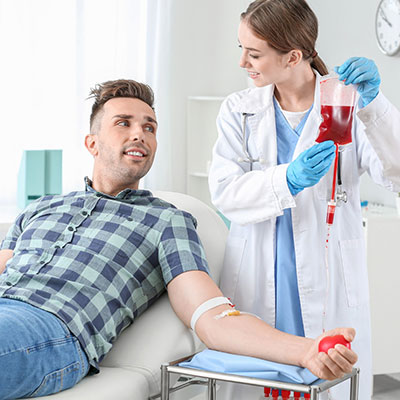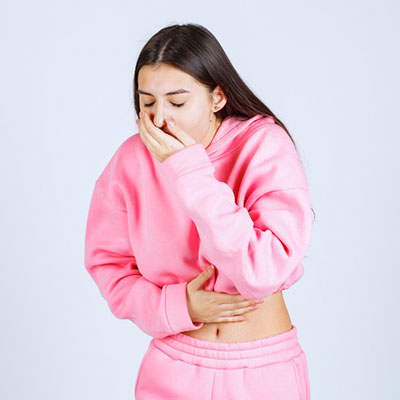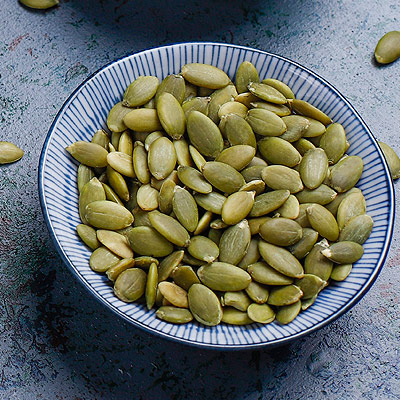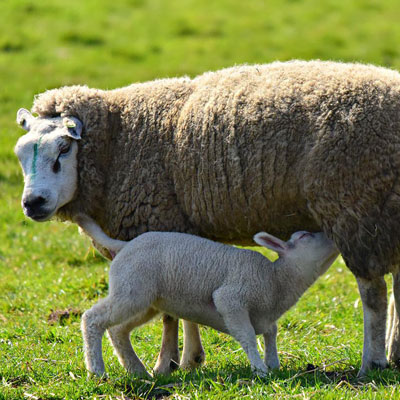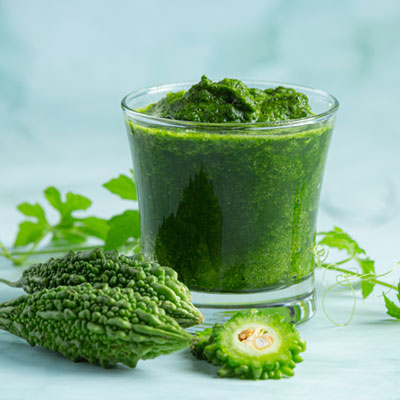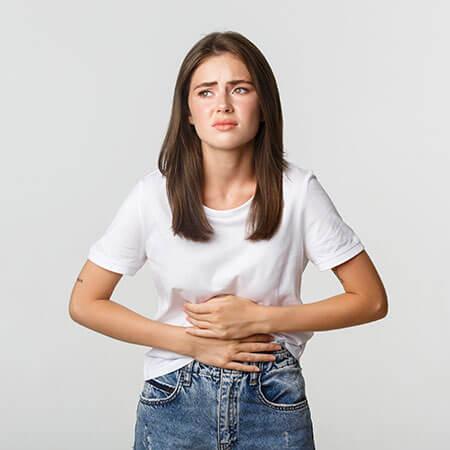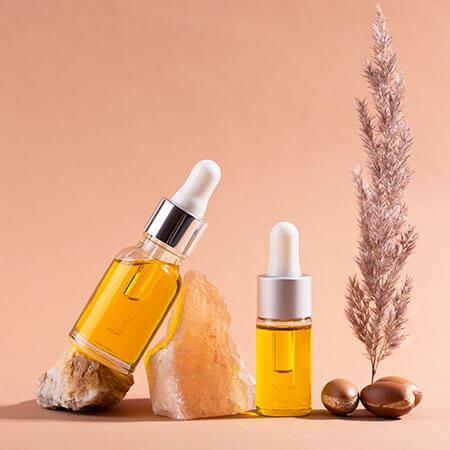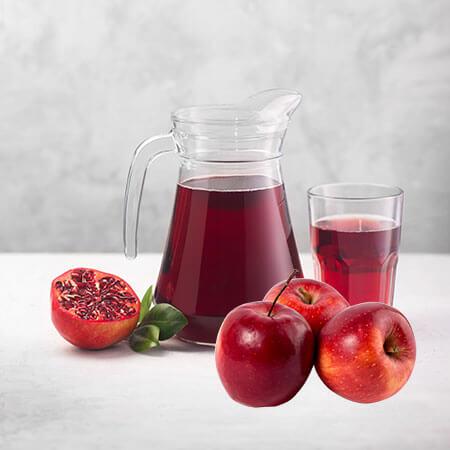Iron is one of the essential nutrients for your body. Iron is essential in forming hemoglobin, which is responsible for carrying oxygen and carbon dioxide. Hemoglobin is an iron containing protein that is found in red blood cells (RBC’s). It gives the red blood cells their characteristic red color. It carries oxygen to the different parts of body and carries carbon dioxide to the point of exhalation.
If you do not consume iron in adequate amount then your body becomes iron deficient. This deficiency is identified only when it reaches the state of Anemia. By that time you start feeling the symptoms like fatigue, weakness, dizziness, pale skin and headache. To prevent this condition you have to incorporate iron rich foods in your daily diet.
Recommended Dietary Allowance
Our body is in need of iron daily. These values vary based on their age and gender. The Recommended dietary allowance (RDA) value for males, females and kids are as follows .
| Gender | Age | Values in milligrams (mg) |
|---|---|---|
| Male, female | 7 – 12 months | 11 mg |
| Male, female | 1 – 3 years | 7 mg |
| Male, female | 4 – 8 years | 10 mg |
| Male, female | 9 – 13 years | 8 mg |
| Male | 14 -18 years | 11 mg |
| Female | 14 – 18 years | 15 mg |
| Males | 19 – 50 years | 8 mg |
| Females | 19 – 50 years | 18 mg |
| Males, females | 51 + years | 8 mg |
What Foods are High in Iron?
There are certain foods that are high in iron. These food items should be incorporated into your daily diet to meet the iron requirements for your body.
1. Animal Based Food
The best iron sourced food is the animal-based diet.
a. Red meat –
It is packed with iron. Red meat contains 2.7 mg of iron per 100 gms of ground beef which constitutes about 15 % of RDI value. Beef liver contains 5.8 mg iron per 100 gms and its low in calories.
b. Chicken –
Chicken supplies a good source of iron mainly the liver. Chicken liver contains 11 mg of iron per 100 gms. Chicken breast contains 1.1 mg per 100 gms and its necessary to take off its skin and de-bone before consuming it.
c. Salmons –
This contains 0.7 mg per 100 gms.
d. Pork –
Pork boosts up your iron value in your body. It assists in supplying oxygen to various parts of the body. A three-ounce slice contains 1 mg of iron in it.
e. Shellfish –
Shellfish constitutes about 0.5 mg per 100 gms.
f. Turkey –
It contains 1.1 mg per 100 gms.
g. Oysters –
Oysters are enriched with iron. It accounts for about 7 mg of iron per 100 gms. Raw oysters are packed with nutrients but the cooked one is considered to be safer.
Apart from the above mentioned animal-based food items, even the duck, clams, molluscs, mussels etc, are also packed with higher amounts of iron.
2. Plant-Based Food
a. Spinach and Green Veggies
- Spinach and leafy green veggies are packed with a good source of iron.
- Spinach has 2.5 to 6.4 mg of the per cup.
- It covers about 14 – 36% of RDI.
- It is better to consume it raw to get better nutrition than the cooked one.
- Iron-rich vegetable includes Cabbage, broccoli and the brussels sprouts.
- It accounts for about 1 to 1.8 mg per cup
- This veggie contains 6 – 10% of RDI.
b. Nuts and seeds
- Nuts and seeds are rich in iron.
- Almonds, pistachios, cashews, pine nuts and macadamia nuts contain 1–1.6 mg of iron per ounce.
- It fills around 6–9% of the RDI.
- Raw and the unblanched one seems to provide you with nil damage to the nutrients.
- Seed varieties include pumpkin, sesame and flaxseeds, rich in iron.
- These seeds contain 1.2 to 4.2 mg per 2 spoons of it and accounts for about 7 – 23% of RDI.
c. Oats and Quinoa
- Oats is abundant with the iron of 3.4 mg per cup.
- It also meets the RDI value of 19%.
- Quinoa offers 2.8 mg of iron per cup and accounts for 16% RDI.
d. Mushroom
- Mushrooms are packed up with iron.
- One cup of cooked white mushrooms contains 2.7 mg of iron, 15% of RDI.
e. Potatoes
- Potato skin put forward with much iron concentration when compared with skinless potatoes.
- Unpeeled potatoes of 295 gms have 3.2 mg of iron, 18% of RDI.
- Sweet potatoes constitute about 12% of RDI.
f. Tomatoes
- Tomatoes are abundant with iron content.
- The concentrated and dried tomatoes offer abundant quantities of iron.
- 118 ml of tomato paste contains 3.9 mg of iron, 22% of RDI.
- Sun-dried tomatoes provide with 2.5 mg per half cup, 14% of RDI.
- Tomatoes are even rich in vitamin C which induces iron absorption.
g. Coconut Milk
- Coconut milk is a tasty food and it is a good source of iron.
- It has ample amount of 3.8 mg iron per 118 ml of coconut milk.
- This constitutes 21% of RDI value.
h. Lentils and Beans
- Both lentils and beans have copious amounts of iron.
- Lentils account for 6.6 mg of iron per cup, providing 37 % RDI
- Beans include soybeans, white, red kidney and navy beans abundant with 4.4–6.6 mg of iron per cup, offering 24–37% of RDI.
Aside from these plant-based foods high in iron, legumes, silverbeet, dark chocolate, whole wheat, brown rice, dried fruits, tofus are also well off with iron content.
3. Fruit Based Food
Some of the fruits are packed with high amounts of iron. You can add these fruits to your diet to increase the iron content in your body.
a. Mulberries
- Mulberries contain 1.85 mg of iron per 100 gms.
- It helps in maintaining the red blood cell count in your blood.
- It prevents anemia and it is the best foodstuff for anemic persons.
- Mulberries are also loaded with vitamin C and with more of nutritional value.
- It also has the antioxidant property which also provides other health benefits.
b. Prunes
- Prunes are a good source of iron.
- It offers about 17% of RDI value.
- Prune juice has 3.02 mg of iron per cup of 237 ml.
- Prune juice is also rich in Vitamin C which absorbs iron and many other essential nutrients of the body.
- Prune juice is a recommended one for the persons with iron deficiency anemia.
c. Olives
- Black olives are rich in iron.
- Olives contain 3.3 mg of iron per 100 grams.
- But olives are a poor source of vitamin C, so it necessary to take vitamin C supplements or orange juices after the consumption of olives.
- This helps in better absorption of iron.
What is Anemia?
Anemia is a condition where the persons (RBC) red blood cell count is lowered along with the hemoglobin, the iron part. This leads to lower oxygen supply to the body which leads to the following symptoms.
- Pale or yellow skin
- Feeling tired
- Rapid heartbeat
- Lack of energy
- Brittle nails
- Hair loss
- Smooth tongue
- Headaches
Get rid of these symptoms by having the food high in iron, kicks off anemia.
Foods High In Iron For Anemia
Anemic patients need to have a change in their diet plan. They need to consume iron-enriched food. It includes red meat, organ meat such as liver and kidney, oysters, green leafy veggies, beans, legumes, dry fruits such as raisins, pistachio nuts etc., It is not wise only to have foods high in iron for anemia but also see to the foods improving iron absorption. Scroll down to get the details of it.
Foods Improving Iron Absorption
Iron absorption plays an important role in maintaining the iron value in your body. Undoubtedly, certain foods high in iron improve iron absorption.
- Foods packed with vitamin C like tomatoes, oranges, capsicum, berries etc., helps you to get iron absorbed. Have vitamin-rich foods along with your meal or you can have orange juice with your meal.
- You can also have milk, salon and cheese in between your meals with iron-based diet. This might increase iron absorption by 300%
- Normally, the phytates reduce iron absorption. So always prefer the sprouted and fermented grains which lower the phytates in these foods thereby increasing the iron absorption.
- Lysine-rich foods generally improve iron absorption. Consume legumes and quinoa which is rich in lysine, increases iron absorption.
Frequently Asked Questions
1. For anemic patients, how much iron is needed daily?
Anemic patient requires about 150 – 200 mg of iron per day. It is better to calculate it based on your body weight. 2 – 5 mg of iron is needed per kg body weight. Also, consume vitamin C rich foods for better absorption of iron. You can also go with vitamin C supplements.
2. Name a few foods that affect iron absorption.
It’s compulsory to avoid coffee, tea, and wine as these foods seem to reduce the absorption of iron.
3. Is egg a good source of iron?
Egg contains iron of 1 mg with two large egg yolks.
4. Is anemia a life-threatening disorder?
It’s based on the severity of the disease. If anemic, the patient’s heart needs to pump more to supply oxygen to different parts of the body for maintaining the normal function. This leads to heart failure or an enlarged heart, a life-threatening complication.
Iron deficiency Anaemia is a common problem which is faced by many people. This article may be advantageous for the persons whose recommended iron value is low, as we have enclosed with the foods high in iron and also the foods high in iron for anemia. Have iron-rich foods and stay away from anemia.
